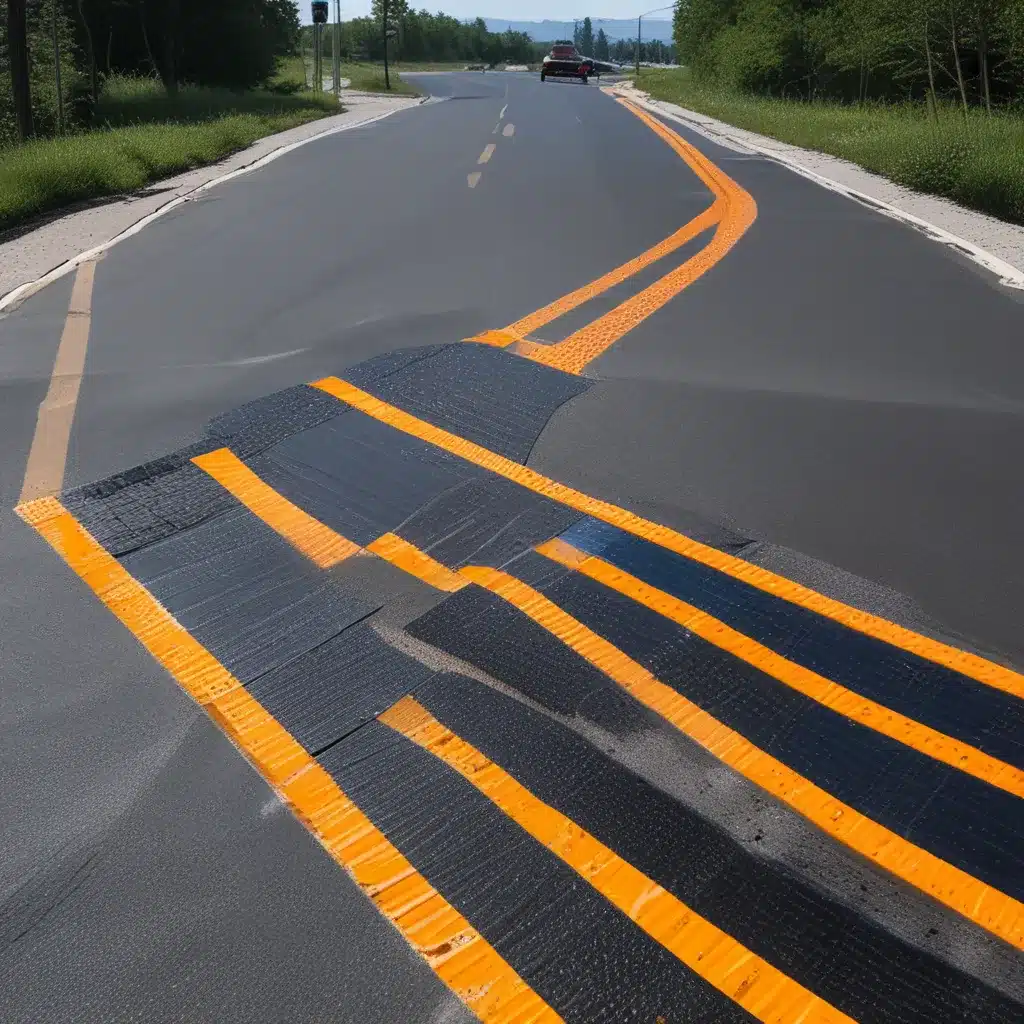
The Idea That Captured Our Imagination
As a lifelong solar enthusiast, I’ll never forget the first time I came across the idea of solar roads. It was back in 2014, and a video titled “Solar FREAKIN’ Roadways!” had just gone viral, capturing the imagination of millions. In the video, an Idaho-based company called Solar Roadways pitched their vision for a future where our roads, parking lots, and sidewalks would be transformed into vast networks of electricity-generating solar panels.
The concept was nothing short of revolutionary. Imagine if we could take all that unused space – the countless miles of pavement crisscrossing our communities – and turn it into a massive, distributed solar power plant. The potential benefits were staggering: clean, renewable energy, electric vehicle charging stations, snow-melting capabilities, and smart road features like LED lighting and autonomous vehicle guidance. It sounded like something straight out of a science fiction movie.
The Challenges of Solar Roadways
Needless to say, I was captivated. Like many others, I eagerly followed the progress of Solar Roadways and other companies venturing into this exciting new field. However, as time went on, it became clear that the path to widespread solar road implementation was not going to be an easy one.
One of the biggest hurdles has been the sheer cost of these specialized solar road panels. According to industry analysis, the panels are estimated to cost 3-4 times more than a standard asphalt road. This is largely due to the complex engineering required to create a durable, transparent surface that can withstand the weight and wear of vehicular traffic.
Another major challenge is the low solar energy production of these road-embedded panels. Experts have found that solar roadways can only generate about one-third the power of an equivalent area of traditional rooftop solar panels. This is because the panels can’t be tilted to optimize their angle towards the sun, and they’re subject to constant shading from passing vehicles, buildings, and other obstructions.
Lessons from Failed Trials
The real-world trials of solar roadways have also revealed a number of other practical issues. For instance, the WattWay project in France had to lower the speed limit to 43 mph due to excessive noise from vehicles driving over the glass surface. And the solar highway in China was closed within a week after the panels sustained damage from regular traffic and theft.
Closer to home, the much-anticipated solar road project on Route 66 in Missouri never materialized, and the only operational solar roadway in the US – located in Peachtree Corners, Georgia – is limited in scope and has shared no performance data. Meanwhile, Solar Roadways’ own pilot installation in their hometown of Sandpoint, Idaho has been plagued with issues, including a fire in the electrical system and an inability to melt snow.
A More Promising Path: Rooftop Solar
As someone who’s deeply invested in the growth of renewable energy, these setbacks have been disappointing. But they’ve also made me realize that the future of solar power may lie not in our roads, but on our rooftops.
Standard solar panels mounted on homes and businesses are already proving to be a much more practical and cost-effective solution. Not only are they significantly cheaper to install than specialized solar road panels, but they also achieve far greater energy output due to their optimal positioning and lack of shading.
In fact, a typical rooftop solar installation can often cover 100% of a homeowner’s energy needs, saving them $50,000 or more in utility bills over the system’s lifetime. And at the utility scale, solar power plants built with these standard panels are now among the cheapest sources of electricity production.
The Future of Solar Energy
So while the idea of solar roads may have captured our collective imagination, the reality is that they face an uphill battle in terms of both cost and performance. That’s not to say the technology won’t continue to improve and find niche applications in the future. But for now, it seems clear that the real promise of solar power lies in the tried-and-true methods we’ve been using for decades.
At Solar As Systems Inc., we’re proud to be part of the movement towards a renewable energy future. By helping homeowners and businesses harness the power of the sun through rooftop solar installations, we’re making a tangible difference in the fight against climate change. And who knows – maybe one day, those solar road panels will catch up and we’ll be able to power our communities from the ground up. But for now, the real revolution is happening above our heads.


